London remembers the hazy days of 1960s alcohol advertising with Campari
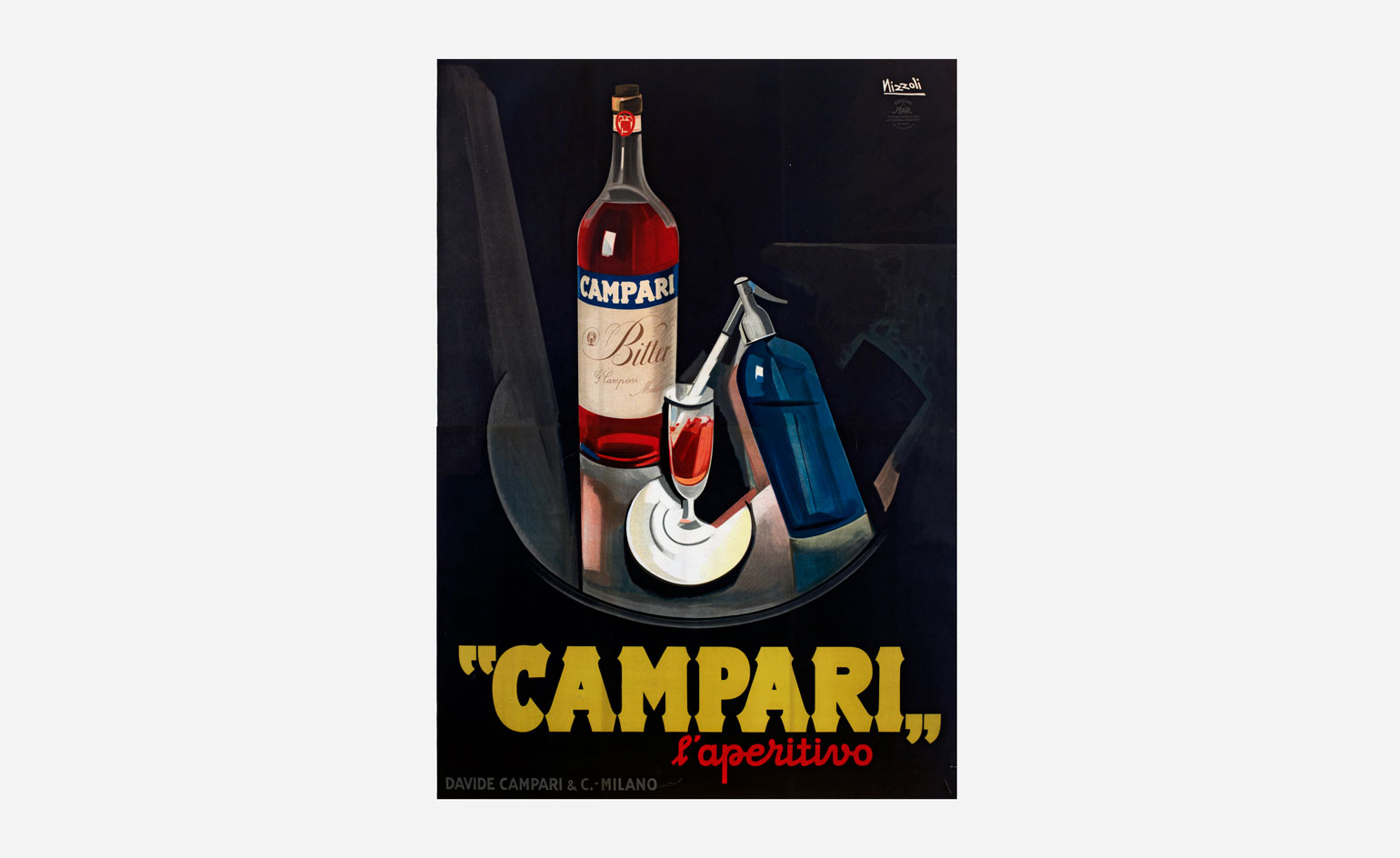
This summer, London’s Estorick Collection is serving a tall glass of visual history. In ‘The Art of Campari’, the Canonbury Square gallery traces the bitter elixir’s pioneering approach to advertising. Drawn from Campari’s extensive archives in Milan, the show spans the original Belle Époque posters, through its revolutionary campaigns of the 1920s, culminating in the elegant designs of the 1960s.
The storied ruby-red aperitivo has a rich heritage in creativity and design. Founded in Milan in 1860 by Gaspare Campari (1828-1882), it was under his son Davide Campari (1867-1936) that the company pursued a more dynamic approach to marketing, harnessing the emerging power of the poster. Aiming to create a sophisticated brand profile, by the early 1900s Campari was working with some of the most celebrated poster designers of the day: Leonetto Cappiello, Marcello Dudovich, Adolf Hohenstein, and Marcello Nizzoli.

Bitter Campari (Lo Spiritello), by Leonetto Cappiello, 1921
Initially attuned to an art nouveau sensibility, it was the visual punch of campaigns created by futurist artist Fortunato Depero that became Campari’s most celebrated commissions, from the mid-1920s onwards. Populated by his trademark puppet-like characters, Depero’s bold, witty and geometric designs modernised Campari’s look, creating an unmistakable identity that remains with it to this day. Depero’s perceptive belief that the publicity poster would be ‘the painting of the future’ continued to be reflected in Campari’s post-war commissions, and many of his original designs have been repurposed on contemporary labels, helping Campari achieve its nostalgic, tipple-of-yesterday aesthetic.
Like the Campari recipe of bitter herbs and aromatic plants (which remains unchanged since its 1860s inception) the brand’s graphic identity has been consistent in its commitment to glamour and artfulness. Each poster in the collection emits a timelessness, matched by the Milanese malt.
Chase-up your trip to ‘The Art of Campari’ with a Negroni at one of our handpicked London cocktail bars...
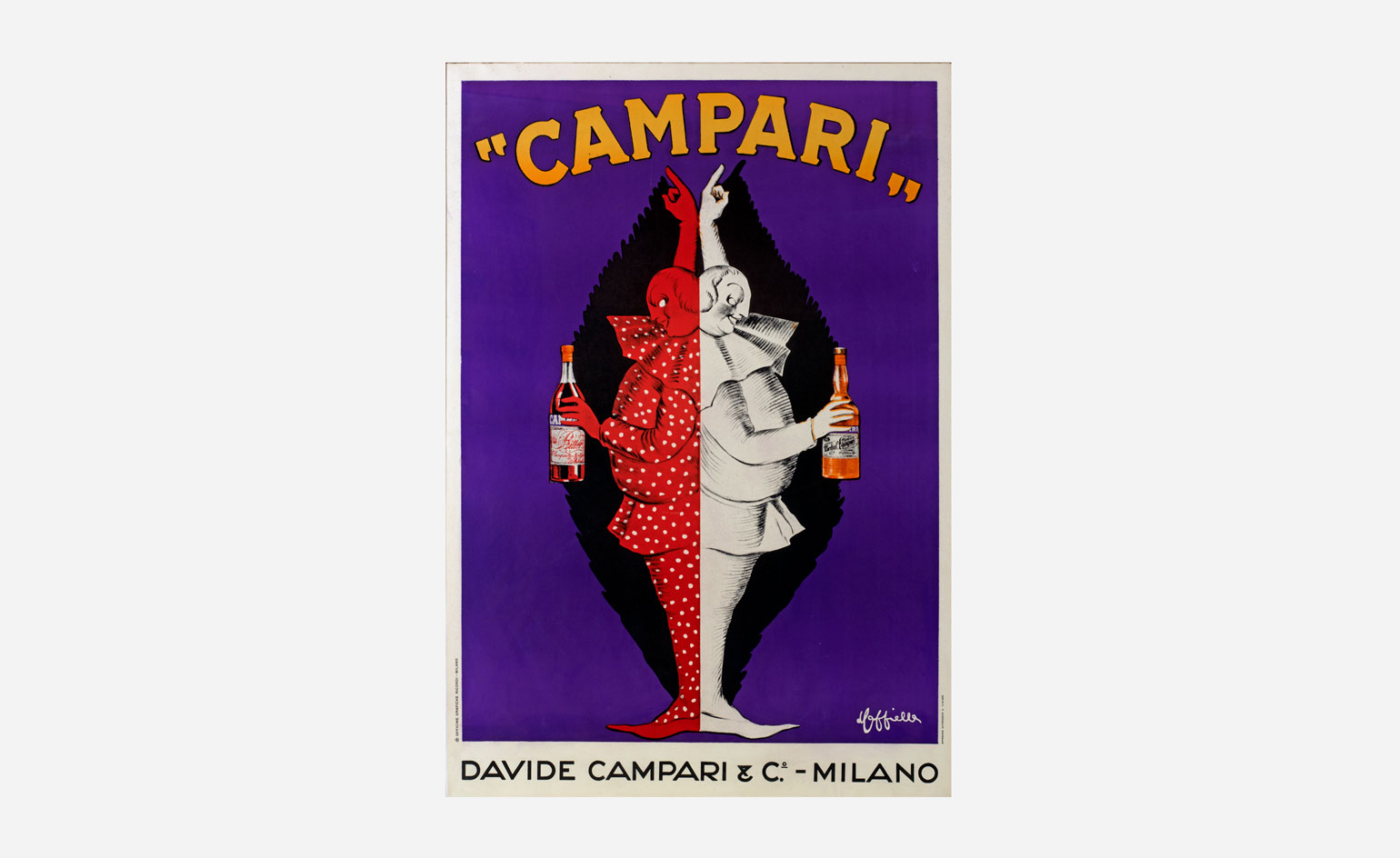
Campari, by Leonetto Cappiello, 1921
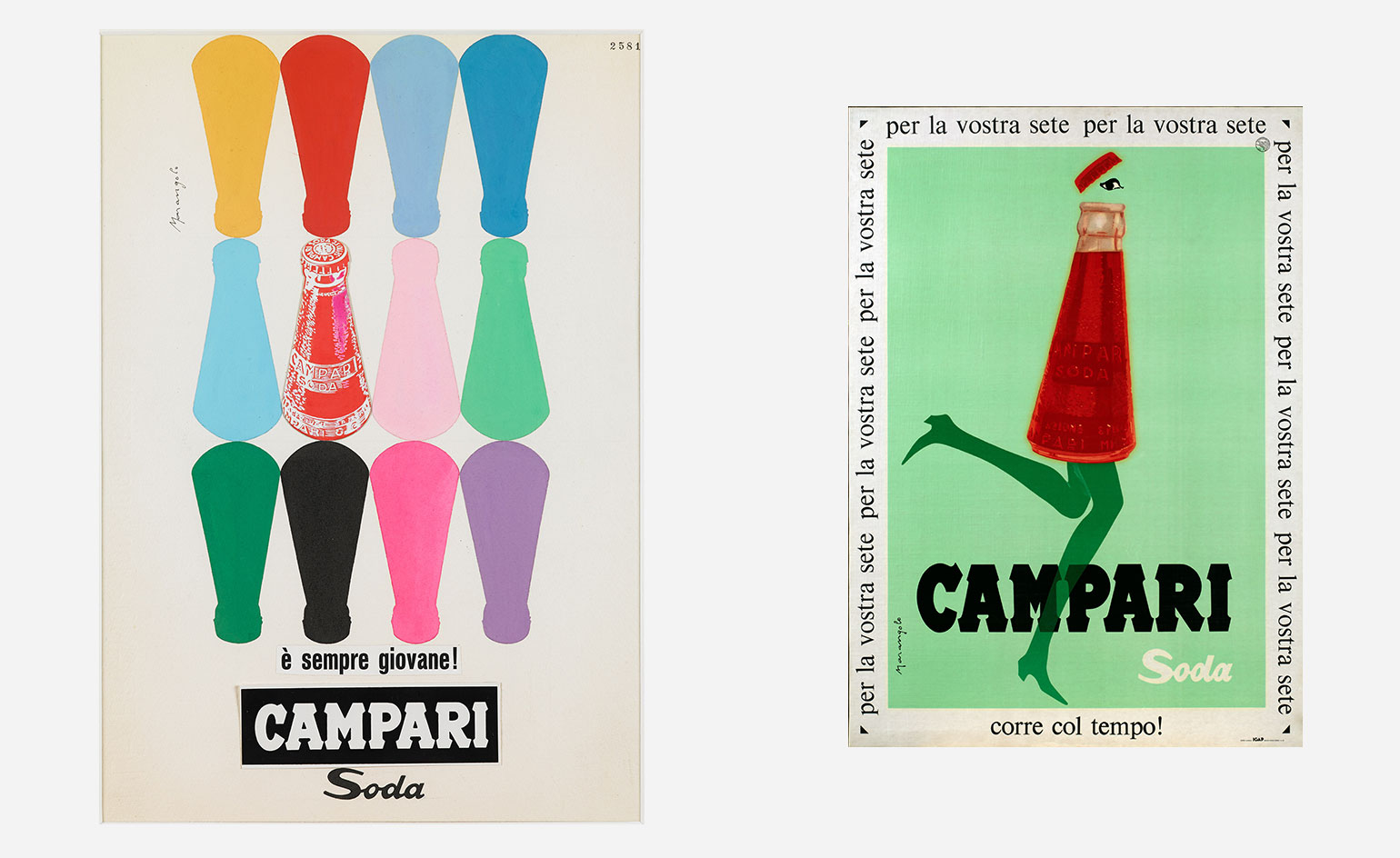
Left, Campari Soda è sempre giovane!, 1960s, by Franz Marangolo. Right, Campari Soda corre col tempo!, by Franz Marangolo, 1960s
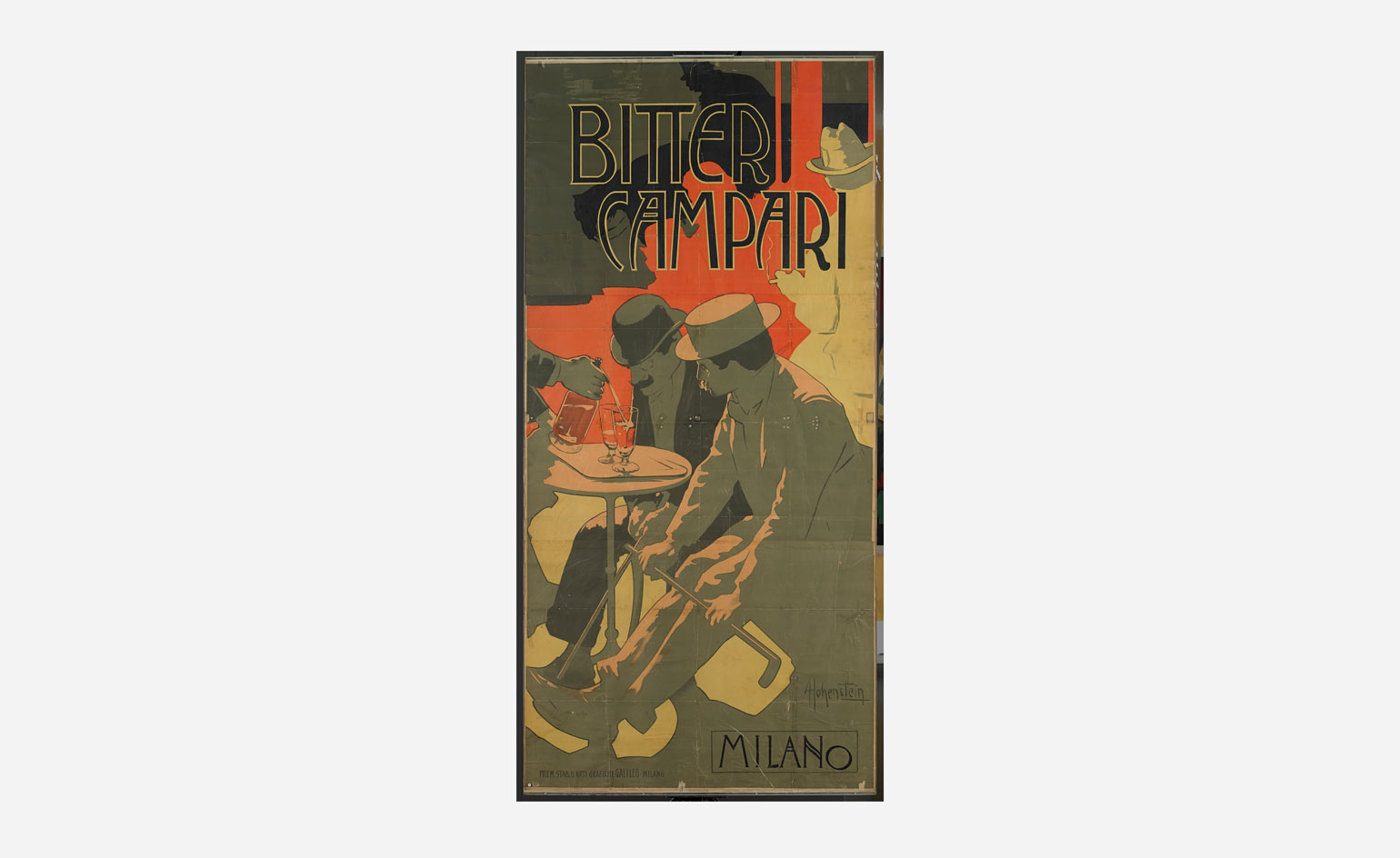
Bitter Campari, by Adolf Hohenstein, 1901
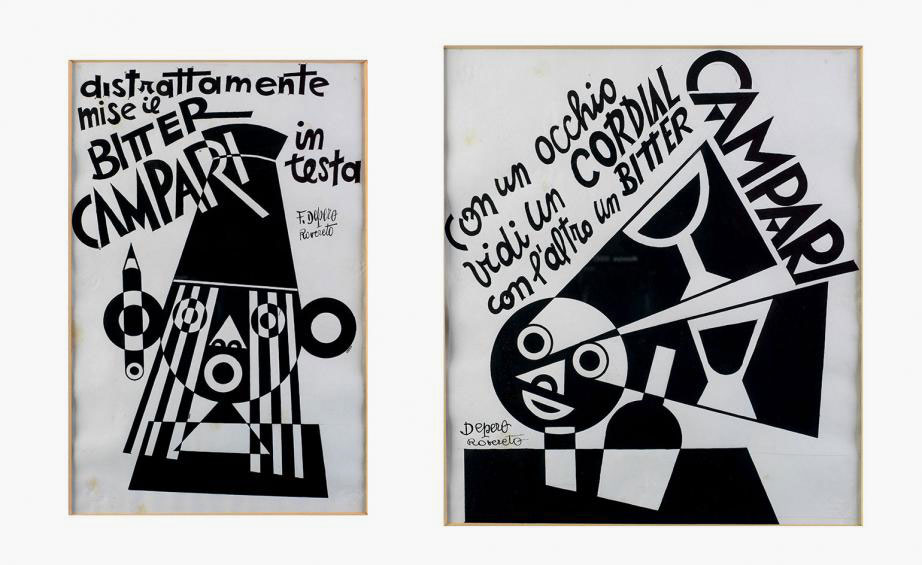
Left, Distrattamente mise il Bitter Campari in testa, He Distractedly put the Bitter Campari on His Head Ink on Paper, by Fortunato Depero, 1928. Right, Con un occhio vidi un Cordial con un altro un Bitter Campari, With one Eye I saw a Cordial with Another a Bitter Campari, by Fortunato Depero, 1928

Cordial Campari liquor, by Marcello Nizzoli, 1926
INFORMATION
Until 16 September. For more information, visit the Esoterik Collection website
ADDRESS
39A Canonbury Square
London, N1 2AN
Receive our daily digest of inspiration, escapism and design stories from around the world direct to your inbox.
Elly Parsons is the Digital Editor of Wallpaper*, where she oversees Wallpaper.com and its social platforms. She has been with the brand since 2015 in various roles, spending time as digital writer – specialising in art, technology and contemporary culture – and as deputy digital editor. She was shortlisted for a PPA Award in 2017, has written extensively for many publications, and has contributed to three books. She is a guest lecturer in digital journalism at Goldsmiths University, London, where she also holds a masters degree in creative writing. Now, her main areas of expertise include content strategy, audience engagement, and social media.
-
 The Testament of Ann Lee brings the Shaker aesthetic to the big screen
The Testament of Ann Lee brings the Shaker aesthetic to the big screenDirected by Mona Fastvold and featuring Amanda Seyfried, The Testament of Ann Lee is a visual deep dive into Shaker culture
-
 Dive into Buccellati's rich artistic heritage in Shanghai
Dive into Buccellati's rich artistic heritage in Shanghai'The Prince of Goldsmiths: Buccellati Rediscovering the Classics' exhibition takes visitors on an immersive journey through a fascinating history
-
 Love jewellery? Now you can book a holiday to source rare gemstones
Love jewellery? Now you can book a holiday to source rare gemstonesHardy & Diamond, Gemstone Journeys debuts in Sri Lanka in April 2026, granting travellers access to the island’s artisanal gemstone mines, as well as the opportunity to source their perfect stone
-
 Unleash your socialising superpowers with the Wallpaper* Entertaining Issue, on sale now
Unleash your socialising superpowers with the Wallpaper* Entertaining Issue, on sale nowGet your sublime supper party started – or hit the town in style – with the December 2025 issue of Wallpaper*, on newsstands now
-
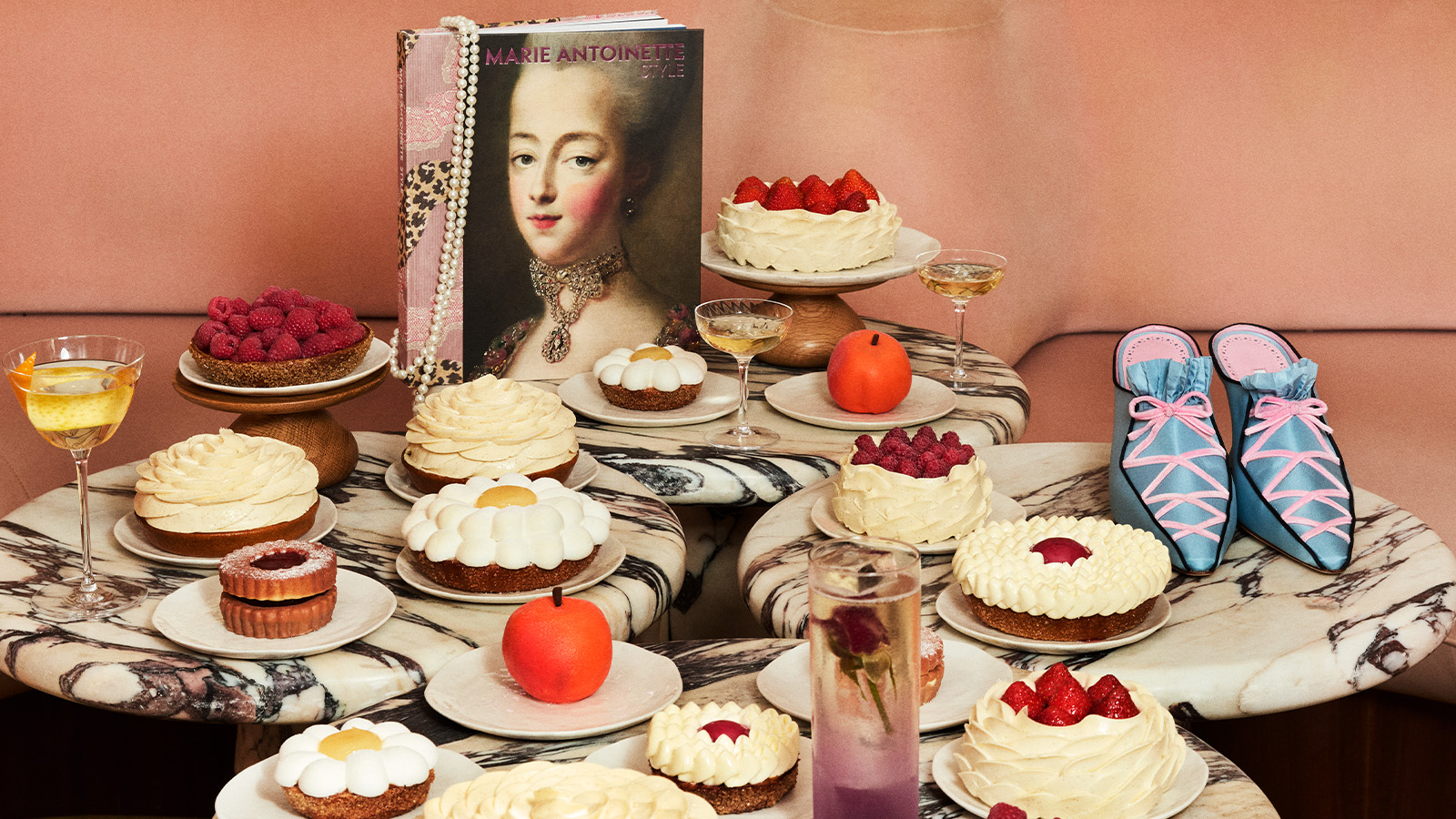 Let them eat cake (and drink cocktails) as Manolo Blahnik and The Berkeley unveil a new menu fit for a queen
Let them eat cake (and drink cocktails) as Manolo Blahnik and The Berkeley unveil a new menu fit for a queenThe hotelier and renowned designer has teamed up on an exclusive cake and cocktail menu to celebrate the V&A’s landmark exhibition ‘Marie Antionette Style'
-
 The artistry of Japanese wine
The artistry of Japanese wineFine wine from Japan may not yet register highly on the radars of most oenophiles, but for those who know, it's a hugely rewarding and rich tapestry of flavour. Drinks expert, Neil Ridley visits London's Luna Omakase for the launch of a new dedicated Japanese wine pairing menu
-
 From The Fat Badger to The Bull, how Public House is redefining the British pub
From The Fat Badger to The Bull, how Public House is redefining the British pubInside the design-driven food group putting provenance, craft and community back at the heart of pub culture
-
 Guests dined on Bangladeshi-inspired cuisine at the Serpentine Summer Party 2025
Guests dined on Bangladeshi-inspired cuisine at the Serpentine Summer Party 2025The party marked the 25th anniversary of the Serpentine Architecture Pavilion – and celebrated this year’s design by Bangladeshi architect Marina Tabassum and her Dhaka-based firm
-
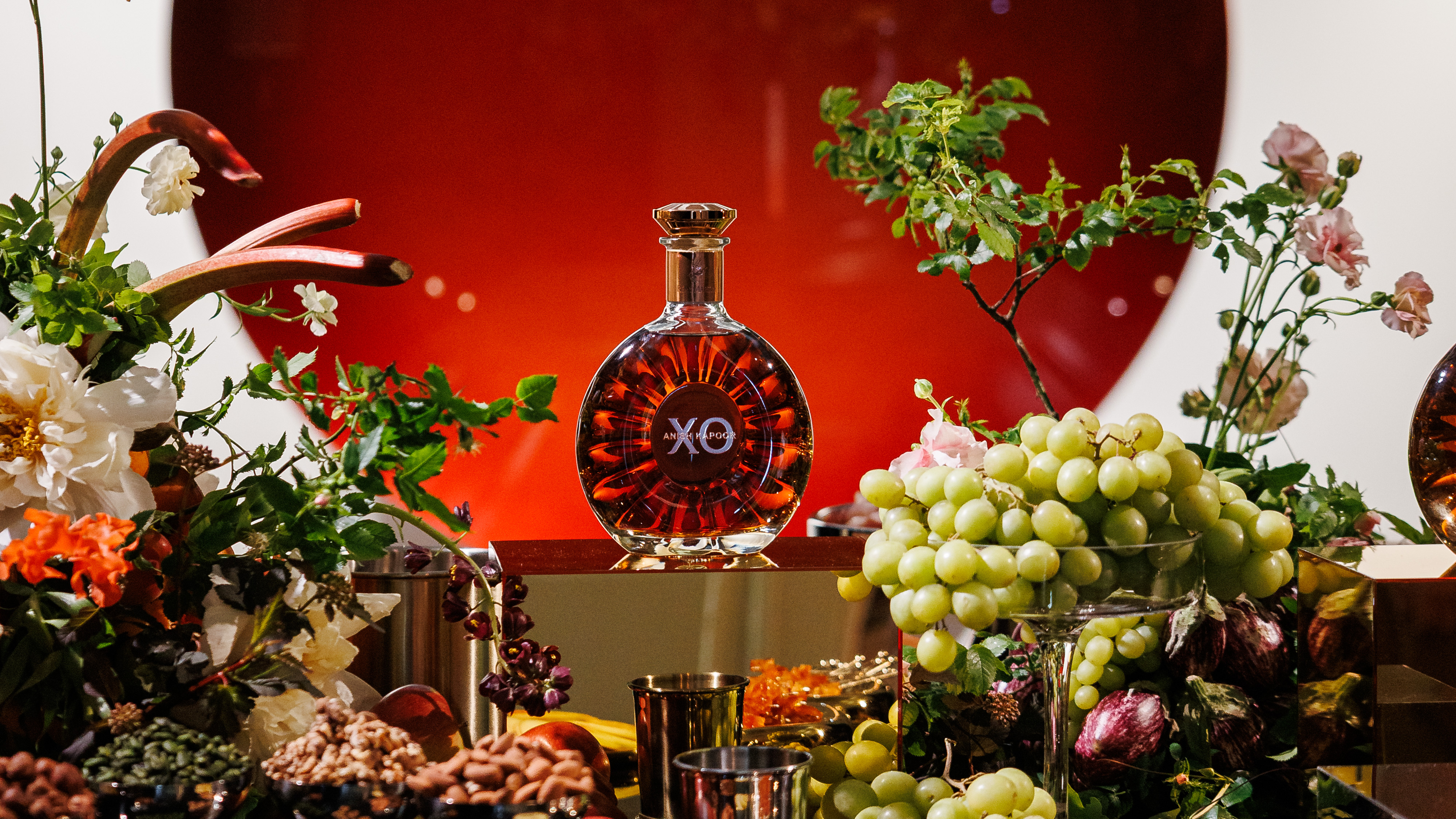 Rémy Martin and Anish Kapoor: art meets cognac in London
Rémy Martin and Anish Kapoor: art meets cognac in LondonThe cognac house and the artist unveiled a limited-edition XO decanter and a new sculpture in London at a recent event at the Institute of Contemporary Arts
-
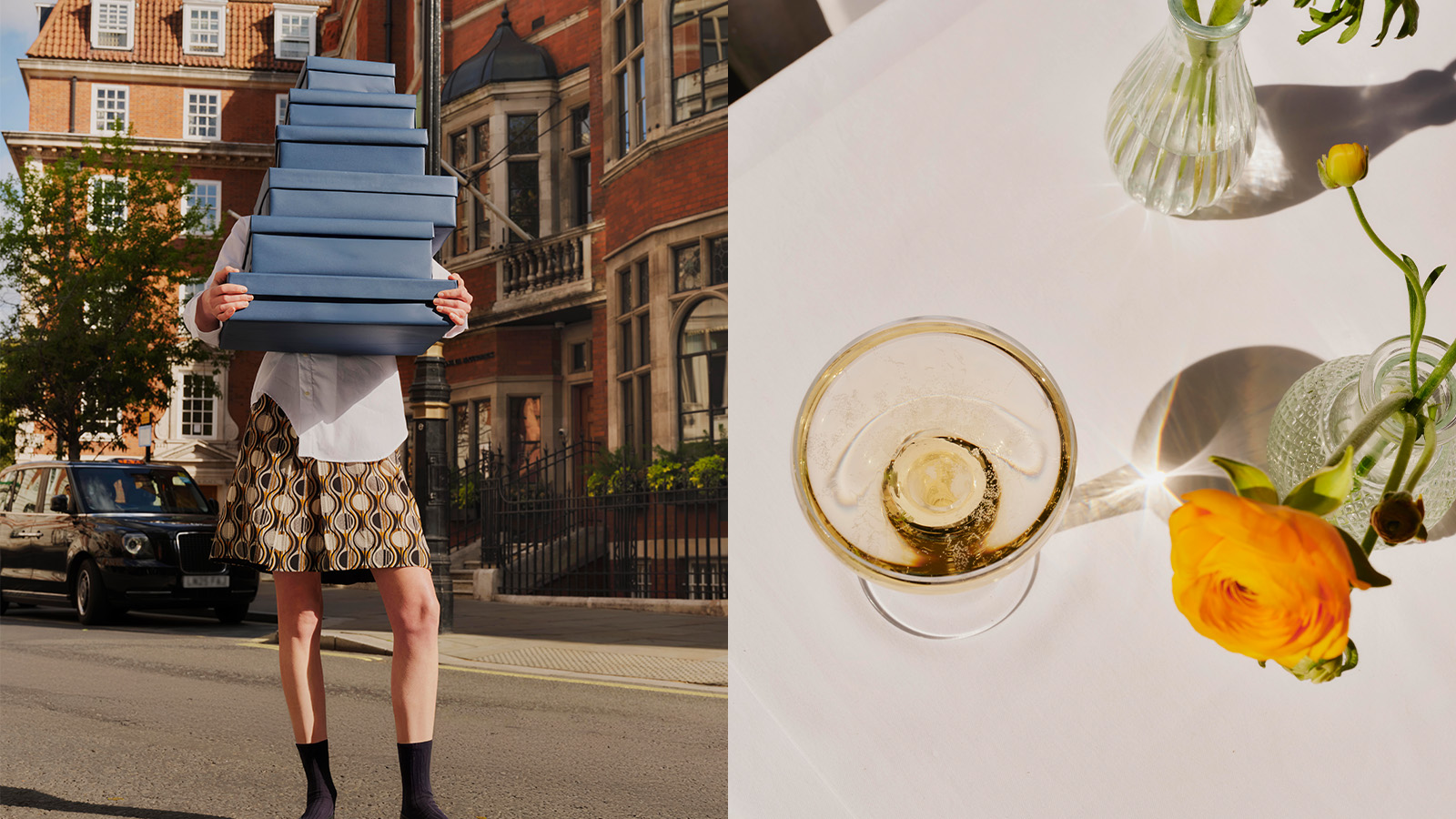 Mark your calendars for Mount Street Neighbourhood Summer Festival, a feast for the senses
Mark your calendars for Mount Street Neighbourhood Summer Festival, a feast for the sensesThe event, 12-14 June 2025, showcases the mix of food, art and community in the heart of London’s Mayfair. Here's what to expect, from afternoon tea to aperitivo, film screenings to biodynamic flowers
-
 Healthy chocolate? Eat it at Makers, London’s new Lebanese chocolatier
Healthy chocolate? Eat it at Makers, London’s new Lebanese chocolatierLocated in Chelsea, Makers is a new ‘healthy chocolate’ shop offering treats free of refined sugar, seed oils, wheat and dairy – and it tastes delicious